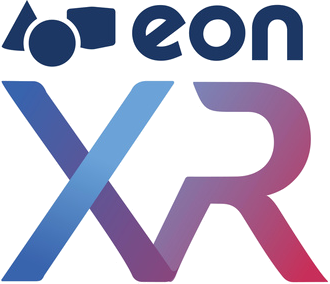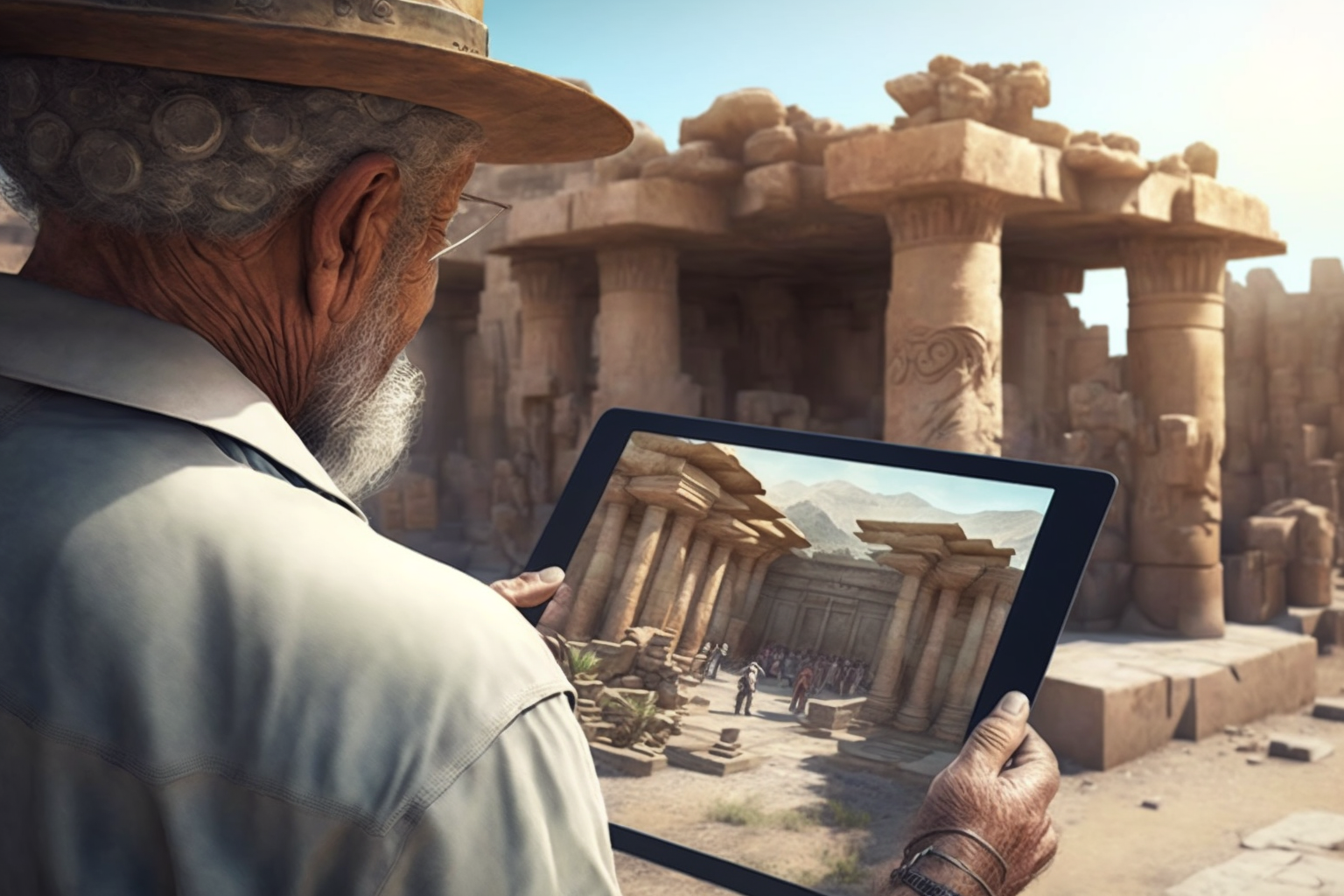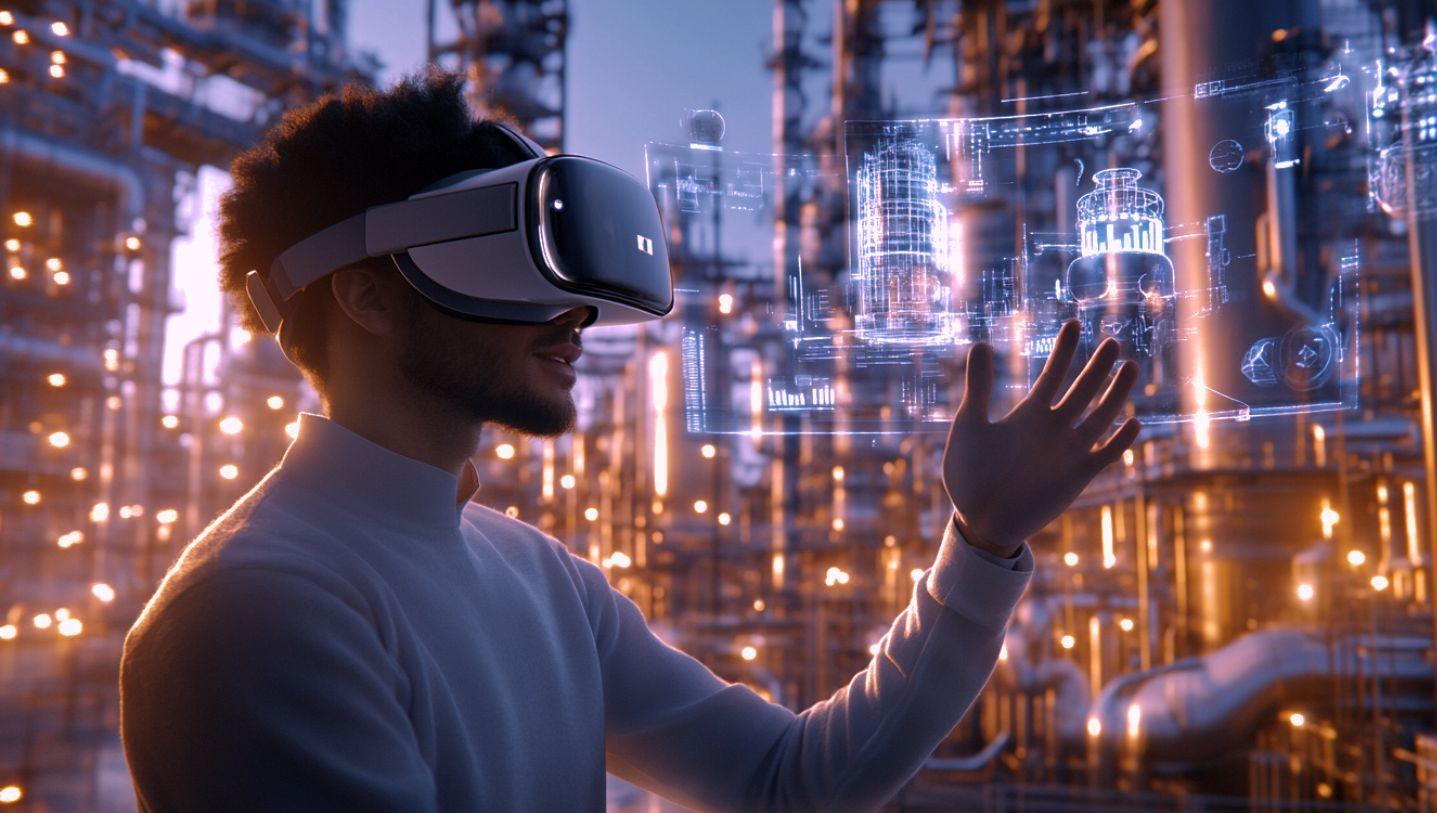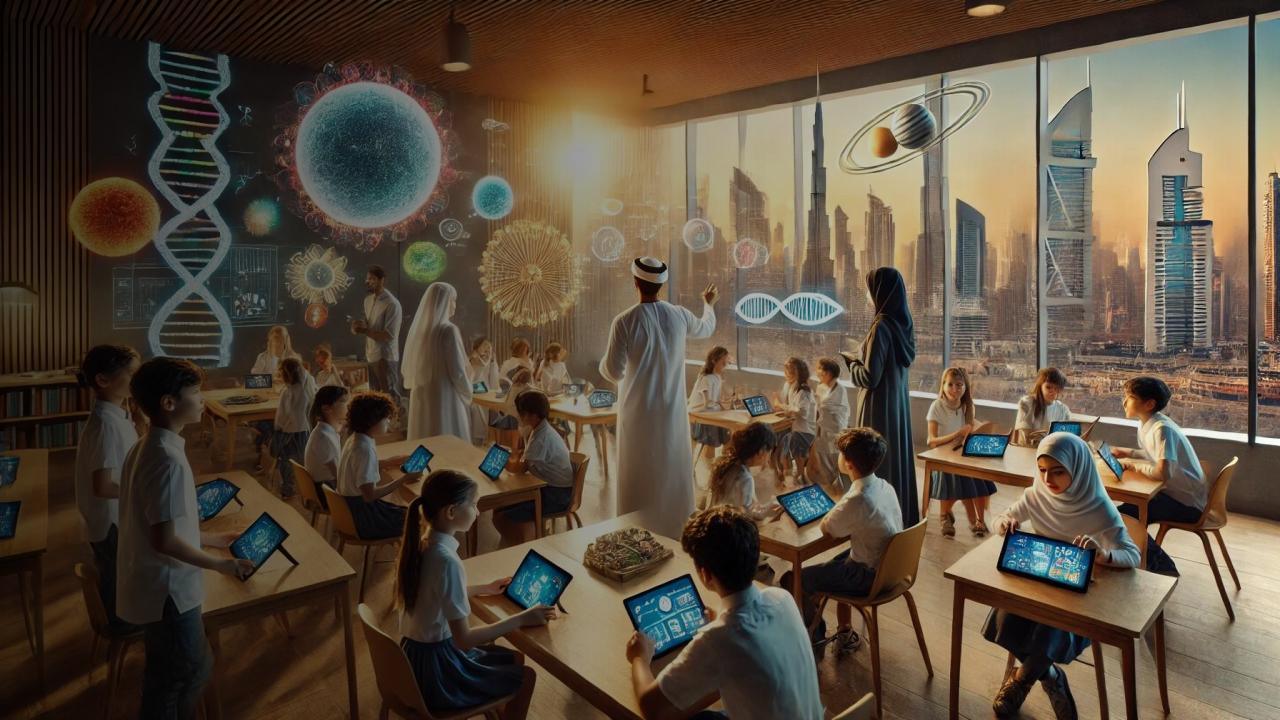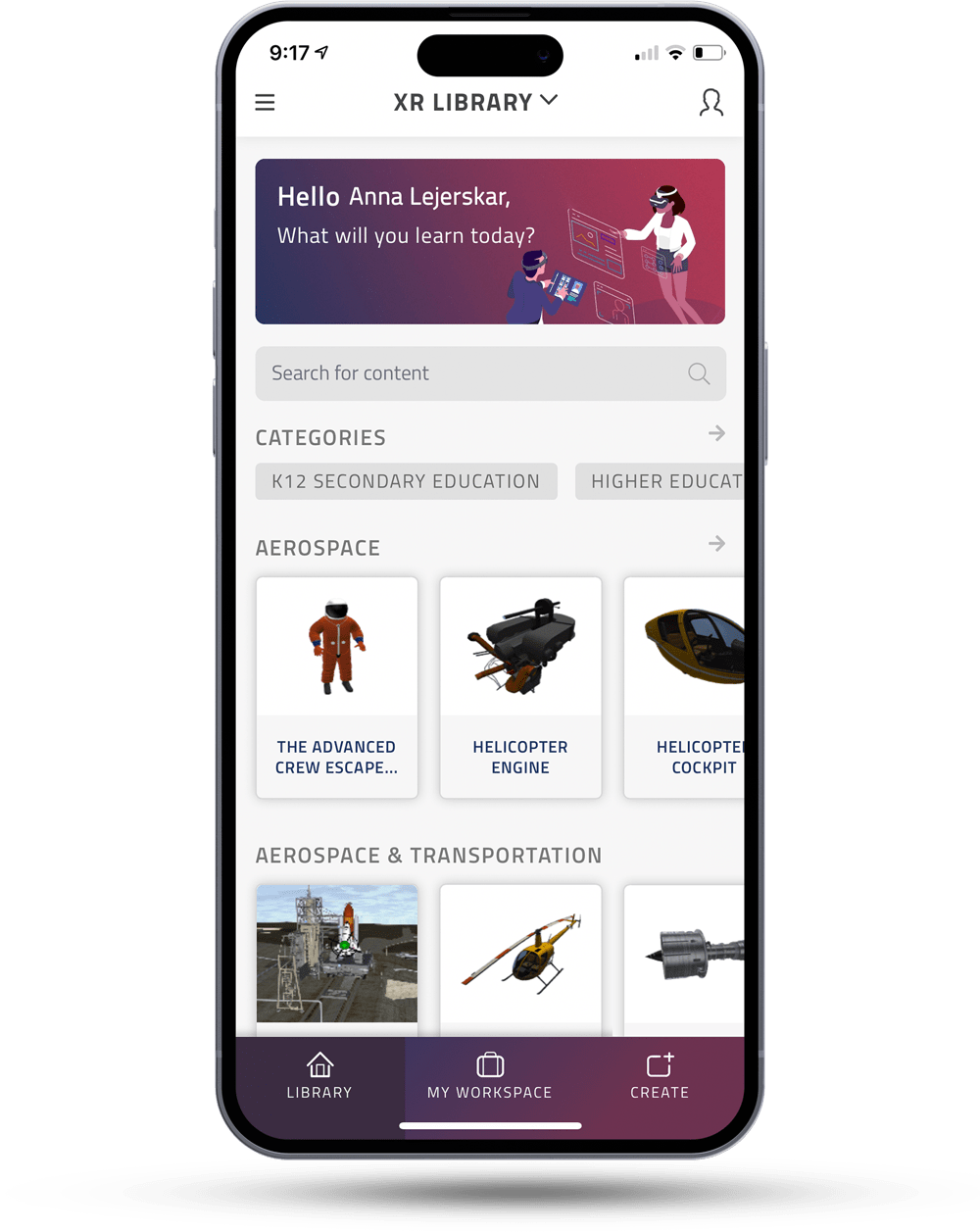Maximizing the Benefits of VR in the Workplace
The integration of Virtual Reality (VR) into various industries has revolutionized the way businesses operate. Using VR in the workplace has shown immense potential in enhancing productivity, training, and collaboration among employees. The benefits of VR in the workplace extend beyond mere novelty, offering substantial improvements in efficiency and employee satisfaction. In this blog, we will delve into the various aspects of using VR in the workplace, explore examples of VR in the workplace, and highlight the numerous VR workplace benefits that businesses can leverage.
Transforming Training with VR
One of the most significant benefits of VR in the workplace is its ability to revolutionize employee training. Traditional training methods often fall short in providing realistic, hands-on experiences. VR training in the workplace, however, immerses employees in lifelike scenarios, enabling them to practice and refine their skills in a safe and controlled environment.
For example, Walmart has successfully implemented VR training modules for their employees. These modules simulate real-world situations, such as handling Black Friday crowds, allowing employees to experience and manage high-pressure scenarios without the risks associated with actual events. This immersive training approach has significantly improved employee preparedness and confidence.
Enhancing Collaboration and Communication
Another compelling application of VR in the workplace is in enhancing collaboration and communication among remote teams. With the rise of remote work, maintaining effective communication and teamwork has become more challenging. VR offers a solution by creating virtual meeting spaces where employees can interact as if they were physically present in the same room. EON Spatial Meeting allows digital teleportation to real-world locations, fostering interpersonal connections across devices. Leveraging cloud-based infrastructure, it supports multi-user experiences and merges with EON Merged XR for unparalleled interactivity.
Streamlining Design and Prototyping
For industries such as architecture, engineering, and product design, using VR in the workplace has proven to be a game-changer. VR enables designers and engineers to create and visualize 3D models of their projects, allowing for detailed inspections and modifications before any physical prototypes are built. This not only speeds up the design process but also reduces costs associated with physical prototyping and revisions. EON Merged XR is a powerful tool that expands the physical world through digital twins and AI-based learning. It enables users to scan, create, and align digital twins effortlessly, toggling between real and digital worlds. Accessible on various devices and using cloud infrastructure, EON Merged XR illuminates surroundings with global knowledge, enhancing interactivity and learning experiences.
Improving Safety and Compliance
Safety training is another area where VR workplace benefits are evident. High-risk industries, such as construction, manufacturing, and healthcare, require employees to undergo rigorous safety training. VR simulations provide a safe and effective way to train employees on hazardous tasks, emergency procedures, and equipment handling.
Enhancing Customer Experience
VR is not limited to internal applications; it also has the potential to enhance customer experience. Retailers, real estate agents, and travel agencies are increasingly adopting VR to
Boosting Employee Well-being
Employee well-being is crucial for maintaining a productive and motivated workforce. Using VR in the workplace can contribute to this by providing virtual relaxation and stress-relief environments. Companies can create VR wellness programs that offer guided meditations, virtual nature walks, and stress-reduction exercises.
Real-World Examples of VR in the Workplace
To further illustrate the impact of VR in the workplace, let’s explore some real-world examples:
- UPS: UPS uses VR simulations to train drivers on safe driving practices and hazard recognition. This has led to a reduction in accidents and improved driver safety.
- KFC: KFC has implemented a VR training program that simulates the cooking process. Employees can practice preparing food in a virtual kitchen, ensuring they meet the company’s quality standards.
- Honeywell: Honeywell uses VR for training in industrial settings. Their VR simulations cover a range of scenarios, from equipment maintenance to emergency response, enhancing both safety and operational efficiency.
The Future of VR in the Workplace
As technology continues to advance, the applications of VR in the workplace will expand even further. With the integration of artificial intelligence and machine learning, VR environments will become more sophisticated, offering personalized training and development programs tailored to individual needs.
In conclusion, the benefits of VR in the workplace are manifold. From transforming training and enhancing collaboration to streamlining design processes and improving safety, VR offers a versatile and powerful tool for businesses. As more companies recognize the potential of VR, its adoption will continue to grow, driving innovation and efficiency across various industries.
Using VR in the workplace is not just a trend but a transformative approach that can revolutionize the way we work, learn, and interact. By embracing VR technology, businesses can stay ahead of the curve, enhance their operations, and provide a better experience for both employees and customers.



